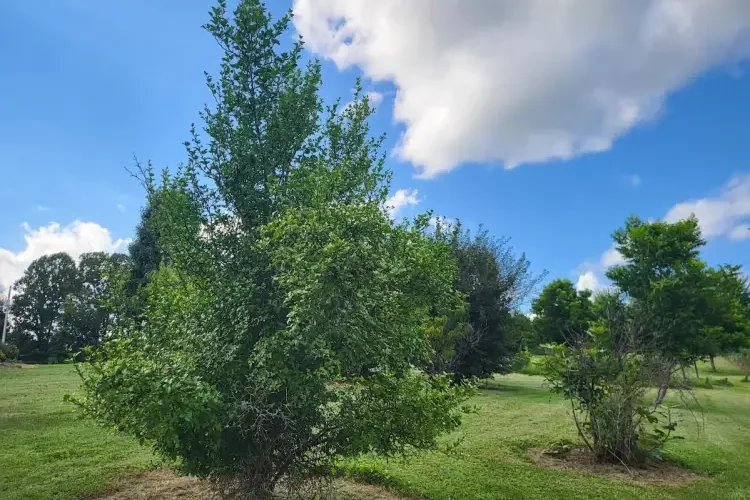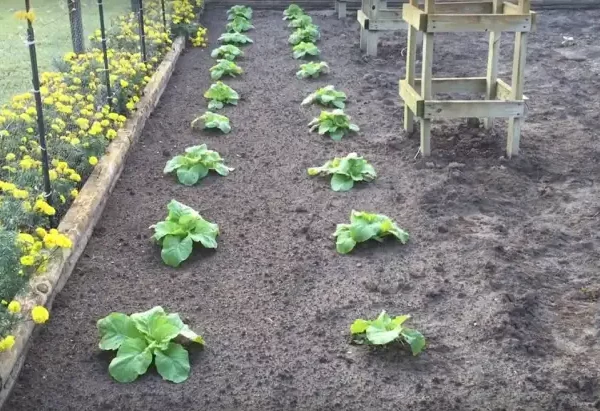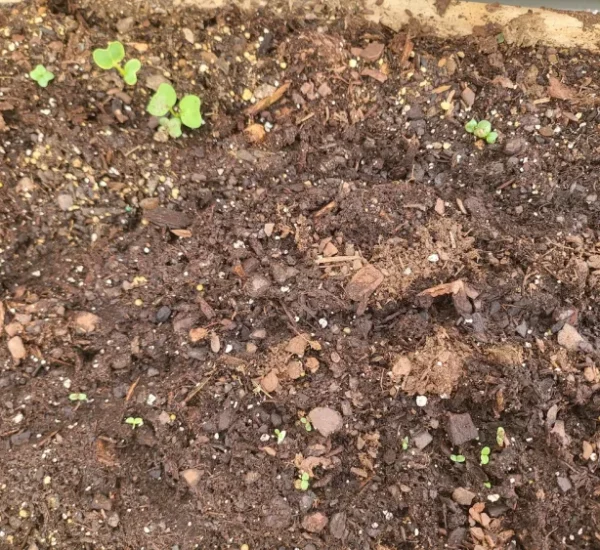Hardy orange trees, also known as Poncirus trifoliata or trifoliate orange, are robust and resilient plants that can thrive in various climates. Proper care is essential to ensure these trees reach their full potential and produce healthy fruit. In this guide, we’ll delve into the best practices for caring for hardy orange trees, drawing from authoritative sources including government agencies, horticultural bodies, and academic experts.
Understanding Hardy Orange Trees
Before diving into care practices, it’s crucial to understand the characteristics of hardy orange trees. These trees are deciduous and can tolerate a wide range of soil types and pH levels. They are highly adaptable and can withstand cold temperatures, making them suitable for various climates.
Site Selection
Selecting the right site is key to the success of hardy orange trees. Choose a location with well-drained soil and full sunlight exposure. Avoid areas prone to waterlogging, as excess moisture can lead to root rot. According to the United States Department of Agriculture (USDA), hardy orange trees thrive in hardiness zones 5 to 9.
Planting
When planting hardy orange trees, follow these steps:
- Dig a hole that is twice as wide and deep as the tree’s root ball.
- Gently loosen the roots before placing the tree in the hole.
- Backfill the hole with soil, making sure to tamp it down gently to remove air pockets.
- Water the tree thoroughly after planting to help settle the soil around the roots.
For detailed planting instructions, consult resources provided by your local agricultural extension office.
Watering
Proper watering is crucial for the establishment and growth of hardy orange trees. While these trees are drought-tolerant once established, they require regular watering during the first few years after planting. The University of Florida IFAS Extension recommends watering deeply but infrequently to encourage deep root growth. Monitor soil moisture levels and adjust watering frequency accordingly, especially during periods of drought.
Pruning
Pruning helps maintain the health and shape of hardy orange trees. Remove any dead, diseased, or crossing branches to improve air circulation and reduce the risk of pest and disease problems. Additionally, pruning can help control the size of the tree and promote fruit production. It’s best to prune hardy orange trees during the dormant season, typically in late winter or early spring.
For detailed pruning techniques, refer to resources provided by reputable horticultural organizations such as the Royal Horticultural Society (RHS) or the American Horticultural Society (AHS).
Fertilization
Hardy orange trees benefit from annual fertilization to support healthy growth and fruit production. Apply a balanced fertilizer in early spring before new growth begins. Follow the manufacturer’s instructions regarding application rates and methods. Avoid over-fertilizing, as this can lead to excessive vegetative growth at the expense of fruit production.
For specific fertilizer recommendations, consult guidelines provided by your state agricultural extension service or reputable horticultural institutions.
Pest and Disease Management
While hardy orange trees are relatively resistant to pests and diseases, they may still encounter problems such as citrus leafminer or citrus canker. Monitor your trees regularly for signs of pests or diseases, and take appropriate action if necessary. Integrated pest management (IPM) practices, which emphasize cultural, biological, and chemical control methods, can help manage pest and disease issues while minimizing environmental impact.
For up-to-date information on pest and disease management strategies, refer to resources provided by government agencies such as the USDA or the National Institute of Food and Agriculture (NIFA).
Harvesting
Hardy orange trees typically produce small, bitter fruit that is not commonly consumed fresh but can be used for making preserves or flavoring. Harvest fruit when it reaches full size and color, usually in late fall or early winter. Use pruning shears to cut the fruit from the tree, taking care to avoid damaging the branches.
For recipes and preservation techniques using hardy orange fruit, consult reputable culinary resources or university extension publications.
Conclusion
Caring for hardy orange trees involves providing proper site selection, planting, watering, pruning, fertilization, and pest and disease management. By following these guidelines and referring to resources from government agencies, horticultural bodies, and academic experts, you can ensure the health and productivity of your hardy orange trees for years to come.
How often should I water my hardy orange tree?
Watering frequency depends on factors such as soil type, weather conditions, and the tree’s age. Generally, water deeply but infrequently, ensuring the soil is moist but not waterlogged. Monitor soil moisture levels and adjust watering accordingly.
When is the best time to plant a hardy orange tree?
The best time to plant a hardy orange tree is in early spring, after the threat of frost has passed. This allows the tree to establish its root system before the onset of hot summer weather.
How much sunlight does a hardy orange tree need?
Hardy orange trees thrive in full sunlight, receiving at least 6 to 8 hours of direct sunlight per day. Ensure the tree is planted in a location with adequate sunlight exposure for optimal growth and fruit production.
Do hardy orange trees require pruning?
Yes, pruning is beneficial for hardy orange trees to maintain their health, shape, and productivity. Remove dead, diseased, or crossing branches, and prune to control the tree’s size and promote fruit production. Prune during the dormant season for best results.
What type of soil is best for hardy orange trees?
Hardy orange trees are adaptable to various soil types but prefer well-drained soil with a slightly acidic to neutral pH. Avoid waterlogged or compacted soils, as they can lead to root rot. Amending soil with organic matter can improve soil structure and fertility.
How do I protect my hardy orange tree from pests and diseases?
While hardy orange trees are relatively resistant to pests and diseases, monitoring is key to early detection and management. Implement integrated pest management (IPM) practices, such as promoting beneficial insects and using cultural controls. Consult with local extension services for specific pest and disease management recommendations.
Can I grow hardy orange trees in containers?
Yes, hardy orange trees can be grown in containers, especially in regions where winters are too harsh. Choose a large container with good drainage, use well-draining potting mix, and provide adequate sunlight. Container-grown trees may require more frequent watering and occasional repotting as they grow.
How do I fertilize my hardy orange tree?
Fertilize hardy orange trees annually in early spring before new growth begins. Use a balanced fertilizer formulated for citrus or fruit trees, following the manufacturer’s instructions regarding application rates and methods. Avoid over-fertilizing, as this can lead to nutrient imbalances.
Are hardy orange fruits edible?
While hardy orange fruits are technically edible, they are small and bitter, typically not consumed fresh. Instead, they can be used for making preserves, marmalades, or flavoring. Harvest fruits when fully ripe and use caution, as the thorny branches can be prickly.
How do I know if my hardy orange tree is getting enough water?
Signs of under-watering in hardy orange trees include wilting leaves, leaf drop, and dry soil. Conversely, over-watering can lead to yellowing leaves, root rot, and fungal diseases. Monitor soil moisture levels regularly and adjust watering practices as needed to ensure adequate hydration for the tree.
- Rhode Island’s Favorite THC Infused Beverages - June 5, 2025
- THC Soda and Drink Options in Idaho - May 28, 2025
- Ohio’s Go-To THC Infused Beverages - May 28, 2025
Tagged in:
Orange TreesAbout the Author
Alexander Brown
Alexander Brown, the Herb and Flower Whisperer guiding this site, possesses an innate connection to the botanical realm. With a gentle touch and a profound understanding of herbs and flowers, Alexander shares his wisdom on nurturing and harnessing the power of nature's fragrant wonders. His site is a haven for those seeking to deepen their appreciation for the therapeutic and aromatic qualities of herbs and flowers.
View All Articles



